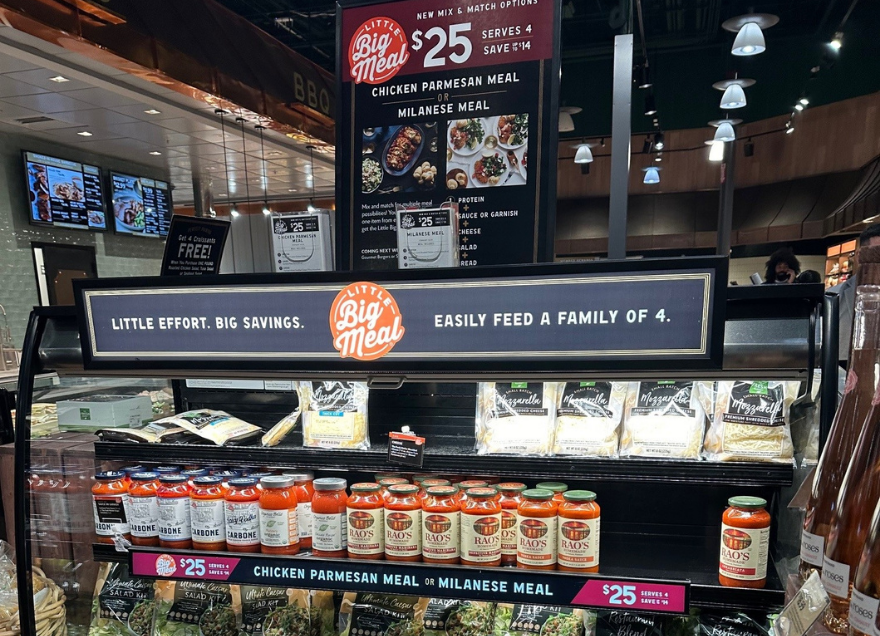
Retail Media Networks (RMNs) are changing the way grocery retailers interact with shoppers, blending digital advertising with in-store and online experiences. Once confined to traditional shelf placements and circular ads, grocers now have powerful tools to reach consumers with hyper-targeted messaging at every stage of their shopping journey.
With the surge in e-commerce and omnichannel shopping, grocery retailers are leveraging RMNs to create new revenue streams while enhancing the customer experience. By harnessing first-party data, they can deliver personalized promotions, relevant product recommendations, and engaging content both in-store and online.
According to industry analysts, retail media spending is expected to surpass $100 billion in the coming years, with grocery retailers playing a significant role in this growth. Supermarkets, grocers, and convenience stores are uniquely positioned to capitalize on retail media networks due to their high-frequency shopping model and vast amounts of customer data.
One of the biggest advantages of RMNs is their ability to personalize the shopping experience. Grocery retailers can use data from:
Tailoring promotions specifically to individual shoppers. For example, a customer who frequently buys organic produce might receive a digital coupon for a new organic product or be shown a sponsored product recommendation in their grocery app. This level of personalization increases shopper engagement and drives incremental sales for both brands and retailers.
Additionally, RMNs enable grocery retailers to provide AI-driven product recommendations. By analyzing customer purchase history and real-time browsing behavior, AI can suggest complementary items. A shopper buying pasta sauce online might receive a prompt to add pasta, cheese, or fresh basil to their cart. These intelligent recommendations not only improve convenience for customers but also increase basket size and overall revenue.
In-store experiences also benefit from personalization. Digital shelf labels and smart shopping carts can display tailored promotions based on a shopper’s preferences or current cart contents. For instance, as a customer places a product in their cart, a digital display could highlight a discount on a related item, effectively encouraging additional purchases without feeling intrusive.
Retail media networks bridge the gap between digital and physical shopping experiences, providing a seamless, omnichannel journey for shoppers. In-store digital signage, for instance, plays a crucial role in engaging customers by showcasing real-time promotions, sponsored content from brands, and even recipe suggestions that incorporate featured products. These interactive screens not only capture shopper attention but also influence purchase decisions right at the point of sale.
Smart shopping carts further enhance this experience. Equipped with digital touchscreens, these carts can display shopping lists, suggest deals based on the items scanned, and even provide guided navigation to help customers locate products efficiently. This technology creates a more convenient and engaging in-store shopping experience while offering brands a prime opportunity to connect with consumers in real time.
On the e-commerce side, RMNs enable brands to bid for premium ad placements on grocery websites and apps. Sponsored product listings, banner ads, and personalized email campaigns allow brands to reach high-intent shoppers at the moment they are making purchasing decisions. With programmatic advertising, brands can ensure their messages appear in front of the right audience based on shopping habits and preferences.
As RMNs continue to evolve, grocery retailers will expand their capabilities with AI, automation, and more immersive ad experiences. Retail media networks are no longer just an advertising channel—they are shaping the future of grocery retail by blending data-driven insights with seamless shopping experiences. As adoption grows, both retailers and brands must embrace RMNs as a critical strategy for customer engagement and revenue growth.